Hope you guys are doing well.
I have a question about opencv and extracting the same point from number of images.
Say, we have a dataset of around 100 images. (maybe more but for this purpose it will suffice).
Image will look something like:
As you can see in the image, there is an area marked in RED. I have marked that using Paint for this purpose. It indicates the highest point of the heap of soil. All the 100 images we have look more or less the same (without that crane in the background. But it can be removed using some opencv techniques, so that is not an issue). But this heap of soil can be either on the left hand side or the right hand side. According to its position, the coordinate of the highest point in the heap will change.
So, my question is, how to find this position given that the heap can be either on left or right side? Note that this position can be relative to some object (for example in this image, midpoint of the crane) or if the images are of different size than we can resize the images to have same dimensions and take the coordinates of the point w.r.t the image itself.
How do we find out the highest point of the heap though? Should we manually go through each image, label that point and make a dataset with the images and bounding boxes? Or is there another decent soulution to this?
Also, if the soil heap is labelled manually (Like shading the required area i.e. heap of an image) using Paint or some other software, would that help too? But I cannot think of anything to do after this.
Thank You.
